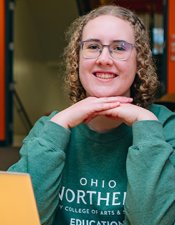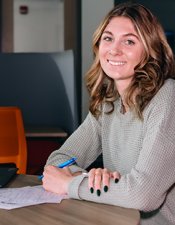
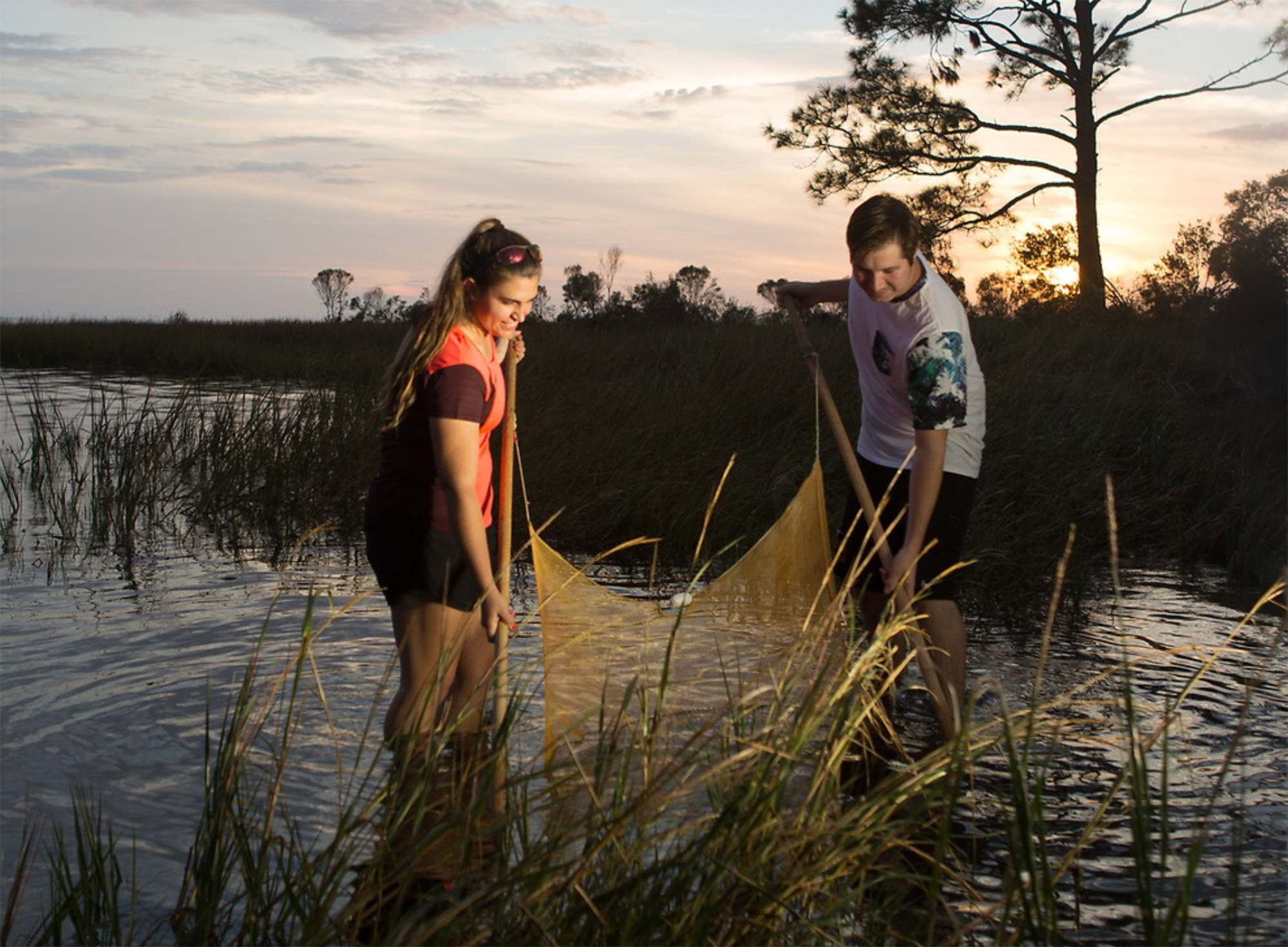
BE PRACTICAL
We believe the best way to learn is by doing. That’s why we provide you a multitude of opportunities to do hands-on research, complete real-world projects, and gain skills through internships and co-ops.As an undergraduate, you could land a paid research-assistant position, trudge through wetlands to study flora and fauna, or pursue a dream experience at NASCAR or the Smithsonian Institution. Whatever it is you want to do, we’ll help you get there.
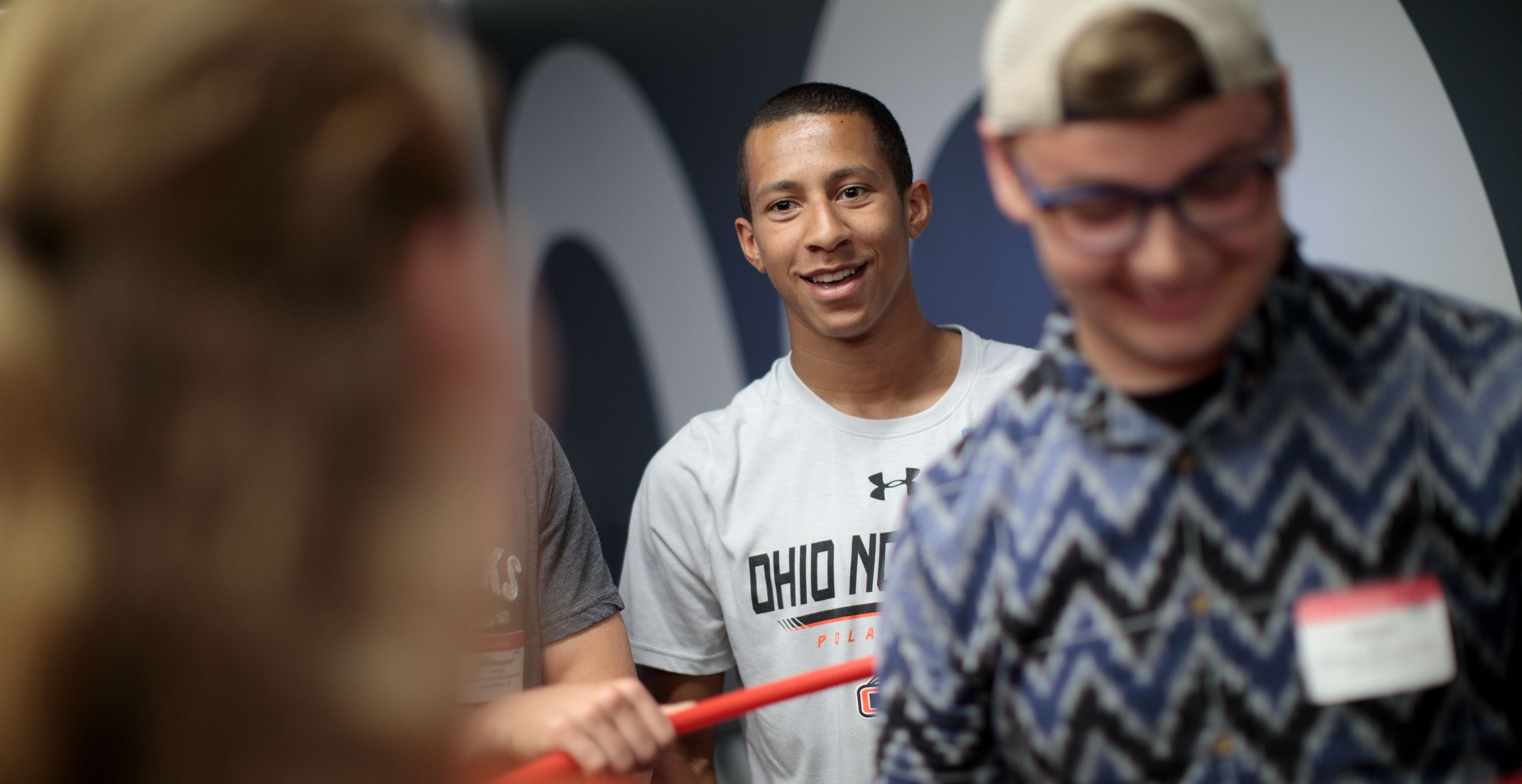
BE PASSIONATE
A positive student experience is all about balance. Here, we know the importance of pursuing your passions, whether it be music, art, Greek life, athletics or one of our more than 200 student organizations.Your passions are just as much a part of you as your career aspirations. Therefore, you'll be encouraged to continually foster what you’re passionate about, in addition to honing your professional skills.
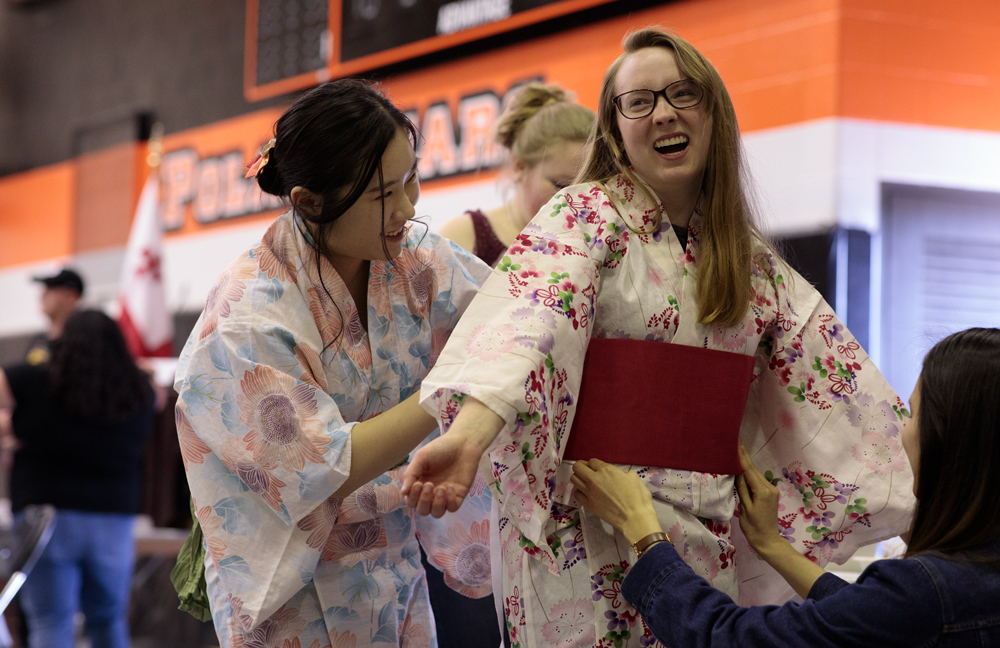
BE INVOLVED
Expanding your horizons is a personal mission for everyone involved in your education at ONU. Learning to interact with and learn about the world outside your door can open up new ways of understanding and forge paths to new opportunities. We’re well aware of this, and that’s why ONU students learn how to be involved through community service, study abroad, and diverse people and experiences.Distinctly ONU
The best complement to high-impact learning is a balanced student experience. That’s why Ohio Northern is committed to producing students who are practical, passionate and involved. All three characteristics are important in building a fulfilling and successful future, and rest assured: If you become a Polar Bear, you’ll have found a winning combination.
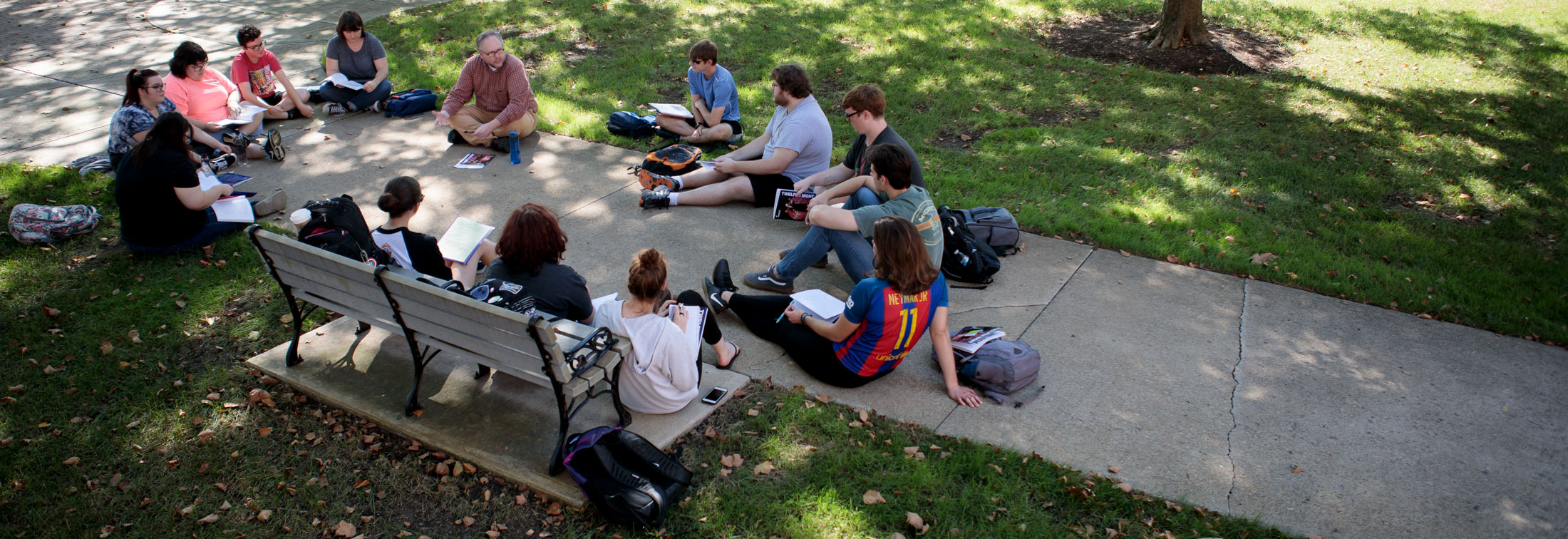
New American Colleges and Universities
Ohio Northern is a member of the New American Colleges and Universities, a national consortium of selective, small to mid-size independent colleges and universities dedicated to the purposeful integration of liberal arts education, professional studies and civic responsibility.HIGH-IMPACT EDUCATIONAL PRACTICES
Instilling students with a passion for learning happens every day inside our small, intimate classrooms. But it goes beyond that; we also believe in engaging and empowering you through an abundance of experiential-learning opportunities that happen outside the classroom. It's called high-impact learning – where you get the chance to roll up your sleeves, apply the knowledge you've gained, and actually solve challenges and develop solutions.
-
Many schools now build into the curriculum first-year seminars or other programs that bring small groups of students together with faculty or staff on a regular basis. The highest-quality first-year experiences place a strong emphasis on critical inquiry, frequent writing, information literacy, collaborative learning, and other skills that develop students’ intellectual and practical competencies. First-year seminars can also involve students with cutting-edge questions in scholarship and with faculty members’ own research.
-
The older idea of a “core” curriculum has evolved into a variety of modern forms, such as a set of required common courses or a vertically organized general education program that includes advanced integrative studies and/or required participation in a learning community. (See below.) These programs often combine broad themes – e.g., technology and society, global interdependence – with a variety of curricular and co-curricular options for students.
-
The key goals for learning communities are to encourage integration of learning across courses and to involve students with “big questions” that matter beyond the classroom. Students take two or more linked courses as a group and work closely with one another and with their professors. Many learning communities explore a common topic and/or common readings through the lenses of different disciplines. Some deliberately link “liberal arts” and “professional courses.” Others feature service learning.
-
These courses emphasize writing at all levels of instruction and across the curriculum, including final-year projects. Students are encouraged to produce and revise various forms of writing for different audiences in different disciplines. The effectiveness of this repeated practice “across the curriculum” has led to parallel efforts in areas such as quantitative reasoning, oral communication, information literacy and, on some campuses, ethical inquiry.
-
Collaborative learning combines two key goals: learning to work and solve problems in the company of others, and sharpening one’s own understanding by listening seriously to the insights of others, especially those with different backgrounds and life experiences. Approaches range from study groups within a course, to team-based assignments and writing, to cooperative projects and research.
-
Many colleges and universities now provide research experiences for students in all disciplines. Undergraduate research, however, has been most prominently used in science disciplines. With strong support from the National Science Foundation and the research community, scientists are reshaping their courses to connect key concepts and questions with students’ early and active involvement in systematic investigation and research. The goal is to involve students with actively contested questions, empirical observation, cutting-edge technologies and the sense of excitement that comes from working to answer important questions.
-
Many colleges and universities now emphasize courses and programs that help students explore cultures, life experiences, and worldviews different from their own. These studies – which may address U.S. diversity, world cultures or both – often explore “difficult differences,” such as racial, ethnic and gender inequality, or continuing struggles around the globe for human rights, freedom and power. Frequently, intercultural studies are augmented by experiential learning in the community and/or by study abroad.
-
ePortfolios are the latest addition to AAC&U’s list of high-impact educational practices, and higher education has developed a range of ways to implement them for teaching and learning, programmatic assessment, and career development. ePortfolios enable students to electronically collect their work over time, reflect upon their personal and academic growth, and then share selected items with others, such as professors, advisors and potential employers. Because collection over time is a key element of the ePortfolio process, employing ePortfolios in collaboration with other high-impact practices provides opportunities for students to make connections between various educational experiences.
-
In these programs, field-based “experiential learning” with community partners is an instructional strategy – and often a required part of the course. The idea is to give students direct experience with issues they are studying in the curriculum and with ongoing efforts to analyze and solve problems in the community. A key element in these programs is the opportunity students have to both apply what they are learning in real-world settings and reflect in a classroom setting on their service experiences. These programs model the idea that giving something back to the community is an important college outcome, and that working with community partners is good preparation for citizenship, work and life.
-
Internships are another increasingly common form of experiential learning. The idea is to provide students with direct experience in a work setting – usually related to their career interests – and to give them the benefit of supervision and coaching from professionals in the field. If the internship is taken for course credit, students complete a project or paper that is approved by a faculty member.
-
Whether they’re called “senior capstones” or some other name, these culminating experiences require students nearing the end of their college years to create a project of some sort that integrates and applies what they’ve learned. The project might be a research paper, a performance, a portfolio of “best work” or an exhibit of artwork. Capstones are offered both in departmental programs and, increasingly, in general education as well.
Source: Ensuring Quality & Taking High-Impact Practices to Scale by George D. Kuh and Ken O’Donnell, with Case Studies by Sally Reed. (Washington, DC: AAC&U, 2013). For information and more resources and research from LEAP, see https://www.aacu.org/leap.


